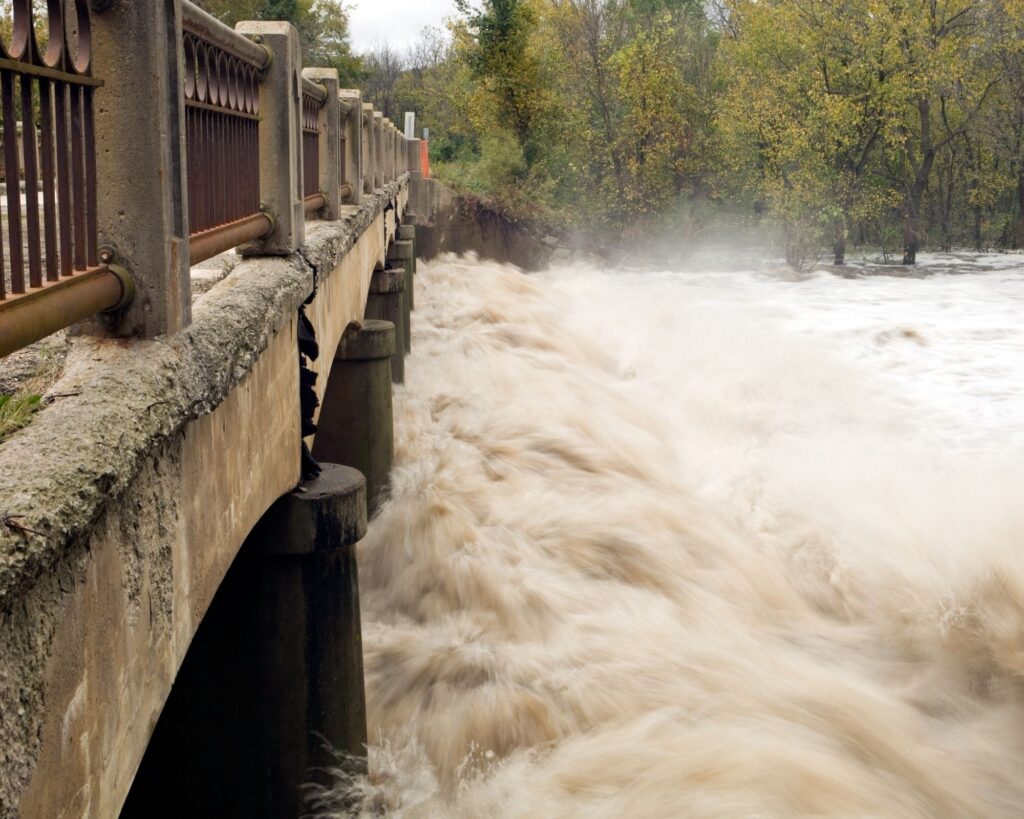
Source : AUN News
The 2022 Atlantic hurricane season is still expected to be “above-normal,” according to NOAA’s yearly mid-season assessment from the Climate Prediction Center, a branch of the US National Weather Service.
The probability of an above-normal season, which might bring more destructive storms to the Caribbean and the US east coast, has been reduced by NOAA forecasts from 65% in May to 60% in the most current projections. However, from a previous prediction of about 10%, the possibility of “near-normal” activity has increased to 30%.
However, the Sixth Assessment Report of the Intergovernmental Panel on Climate Change predicts that due to global warming brought on by rising CO2 emissions, the proportion of tropical cyclones that reach very intense levels of category 4 or 5 along with their peak winds and rainfall rates are expected to gradually increase.
Pending hurricane names
There will be 14–20 named storms with winds of at least 39 mph (63 km/h) in the six-month period covered by NOAA’s revision to the earlier forecast.
Of these, six to ten might intensify into hurricanes with winds of at least 74 mph (119 km/h). Three to five of these have a chance of intensifying into major hurricanes with winds of at least 111 mph (179 km/h). These ranges have been predicted by NOAA with a 70% level of confidence.
Three named storms have formed so far this season, although there haven’t been any hurricanes in the Atlantic Basin. Typically, there are 14 named storms throughout a hurricane season, seven of which develop into hurricanes, including three major hurricanes.
The forecasting of tropical cyclones, including marine-related risks, is carried out by the WMO’s Regional Specialized Meteorological Center Miami (the US National Hurricane Center) for the North Atlantic and Northeastern Pacific basins.
The storm’s eye
There are a number of circumstances that favour a hurricane season that is active. The La Nia circumstances stand out the most and are expected to persist for the remainder of 2022. According to a news statement from the World Meteorological Organization, storm activity will be modestly increased by La Nia conditions, the periodic cooling of the ocean surface central and east of the Pacific equator.
A continuation of La Nia, along with weaker tropical Atlantic winds, a robust west African monsoon, and possibly above-average Atlantic sea surface temperatures, create the ideal conditions for increased hurricane development.
The WMO’s rotating list of storm names was completely depleted in both the highly active hurricane seasons of 2020 and 2021. In order to facilitate unambiguous communication about impending threats and contribute to lifesaving, the WMO keeps lists of names.
There are typically 84 designated tropical cyclones worldwide each year.
44 fatalities per day
According to WMO figures from 1970 to 2019, they have resulted in an average of 43 fatalities and $78 million in damages during the past 50 years, every single day.
However, the records show that the number of fatalities has significantly decreased. This progress is a result of advancements in disaster risk reduction, forecasting, warning, and management under the supervision of the Tropical Cyclone Programme of the WMO.
In light of the expanding dangers, WMO is working to ensure that early warnings are accessible to everyone and is aiming to improve impact-based forecasting.
Analysis by : Advocacy Unified Network
